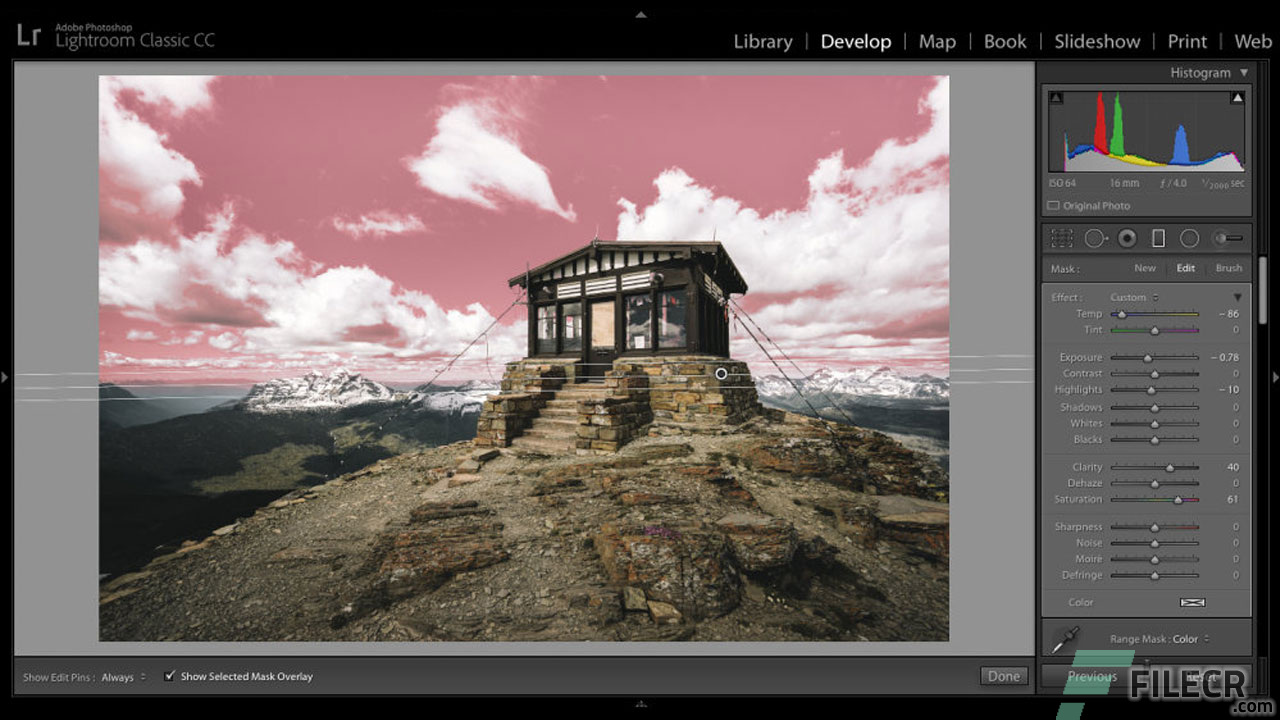

Then simply press the Add button in the left-hand column and navigate to your desired plug-in. Third-party plug-ins can be installed via the Lightroom Plug-in Manager – head to File>Plug-in Manager or press Ctrl + Alt + Shift +, to bring up the Manager window. Lightroom does not support external editors (except Photoshop) or plug-ins, but Lightroom Classic does. Lightroom only supports Photoshop as an external editor. Lightroom Classic supports external editors and a wide range of plug-ins, such as the DxO Nik Collection. Either way, there’s a 7 day free trial for Adobe software so you can try before you buy.

Users that simply require an image editor that synchronises across devices and is available on-hand might opt for the Lightroom plan, whereas anyone considering layers based image editing, or who want the extra features and tools associated with professional-level editing should take the other two bundle packages into account. Additional storage can be added and is organised into: 2TB, 5TB, or 10TB, starting at $9.99/£9.98/month per terabyte. But it does have Lightroom Mobile thrown in for good measure. However, the Lightroom Plan (1TB) is $9.99/£9.98/month and offers the same amount of storage but only includes Lightroom, and not Photoshop or Lightroom Classic. The Photography Plan (1TB) is exactly the same but ups the standard 20GB of Cloud storage to 1TB and rings in at $19.99/£19.97/month. This includes Lightroom mobile, Photoshop on the iPad and 20GB of Cloud storage space. To purchase the Photography Plan (20GB) it’ll cost $9.99/£9.98/month and it comes with Lightroom, Lightroom Classic and Photoshop. Two versions bundle together Lightroom, Lightroom Classic and Photoshop but there’s only one option that provides Lightroom as an individual purchase. There are currently three photography packages for purchasing Lightroom via Adobe’s Creative Cloud. (Image credit: Jason Parnell-Brookes) (opens in new tab) There are three package options for purchasing Lightroom and Lightroom Classic.


 0 kommentar(er)
0 kommentar(er)
